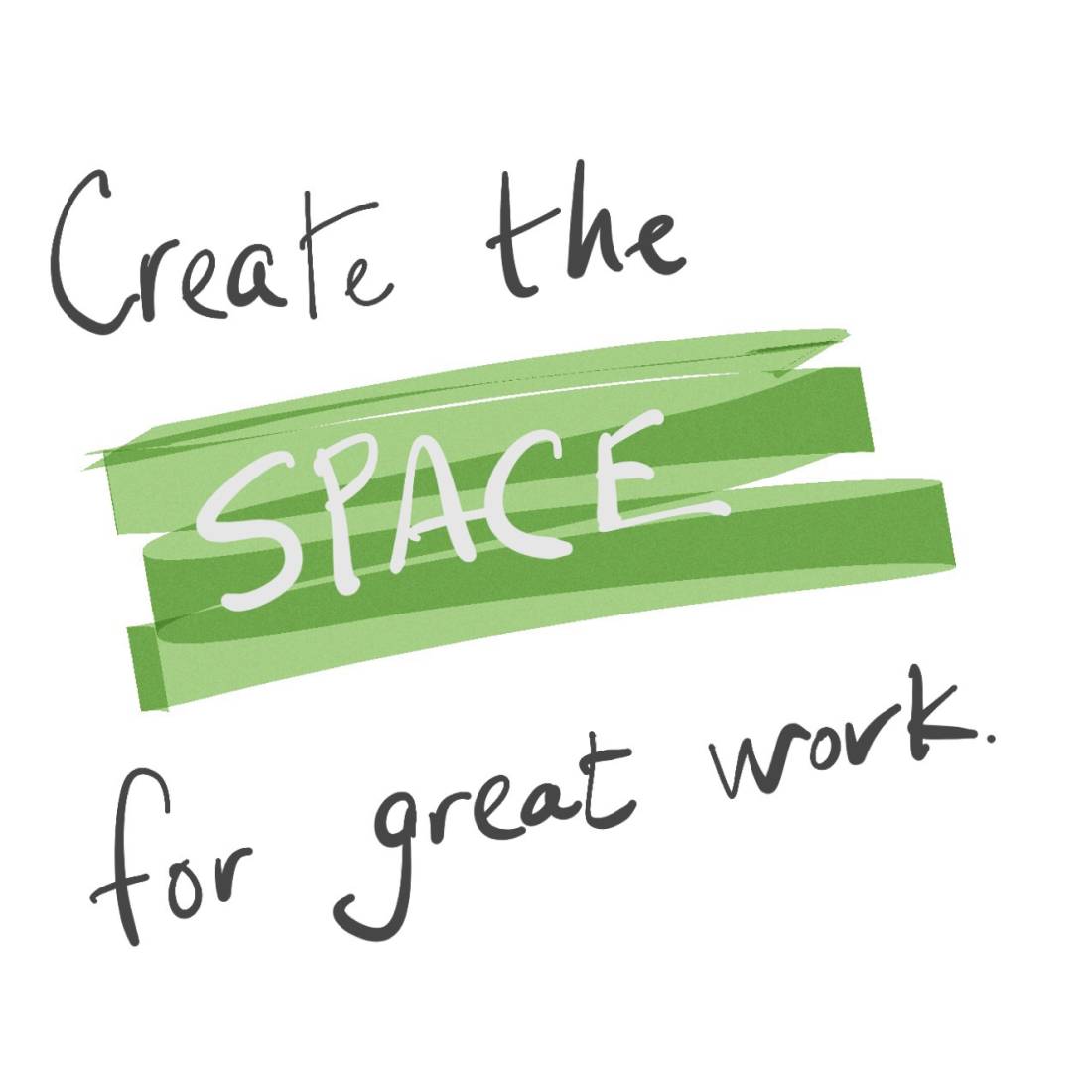A frequent topic I talk to other leaders and managers about is how to influence change. This goes for anyone working in a team, of course — not just managers. I’d like to share how my ideas have evolved in the last year or so as I’ve scaled up my own role at Automattic across bigger teams and projects.
Starting from controlEarly in my career, my mental model centered around influencing others to change. Whether by having bright ideas myself and communicating a clear vision, selling and pushing others’ best ideas, or simply wearing the other parties down by being persistent.
Through experience and mistakes I can now see that pressing my mind against others’ isn’t the most effective way to work together. I could try to convince someone to see my way by force or pressure, but it won’t last long. Nor is it a healthy environment for collaboration.
Environment is more important than controlMy mental model for leadership now removes influence from the equation. Instead of convincing or controlling, I start instead by creating the right environment for change. A space for sharing insights and lessons together to build momentum. A space where change comes naturally from individuals and teams themselves. “Your job as a leader is to edit more than you write,” to paraphrase Jack Dorsey.
Creating this space is a major component of a healthy company — you could even say it’s the key to a productive and effective team culture. I’ve certainly seen it in the last year on my team at Automattic.
Finding a mental model: gardenerLast year a new way of seeing this new leadership model came to light for me when I came across Stanley McChrystal’s TED talk “Listen, learn… lead”:
I’d read McChrystal’s book Team of Teams just before seeing the video, and both carry the same message. How over his military career he evolved his leadership style, going from command-and-control to empowering. A leader as more of a gardener than chess master.
The connectivity of trust and purpose imbues teams with an ability to solve problems that could never be foreseen by a single manager—their solutions often emerge as the bottom-up result of interactions, rather than from top-down orders.
Gardener is a perfect fit for meThe role of the senior leader was no longer that of controlling puppet master, but rather that of an empathetic crafter of culture.
McChrystal calls this a “gardener” role, and it fits my mindset perfectly.
The temptation to lead as a chess master, controlling each move of the organization, must give way to an approach as a gardener, enabling rather than directing.
The gardener cannot actually “grow” tomatoes, squash, or beans—she can only foster an environment in which the plants do so.
First I needed to shift my focus from moving pieces on the board to shaping the ecosystem.
Creating and maintaining the teamwork conditions we needed—tending the garden—became my primary responsibility.
This is now exactly how I view my own leadership model: Create the space for great work.

A note to my readers — if you’re new here, hello! Old time simpledream readers, drop me a line if you’re still with me in this journey. I’ve evolved the blog a bit to focus on my journey as a leader, though still connected to WordPress and front-end engineering and web standards.
Readers, I welcome your thoughts in the comments or via social media. Better yet, post to your blog and link it back here. I’d love to continue a conversation about what you’re learning and seeing as well.
Cheers,
– Lance Willett, The Sensible Leader





